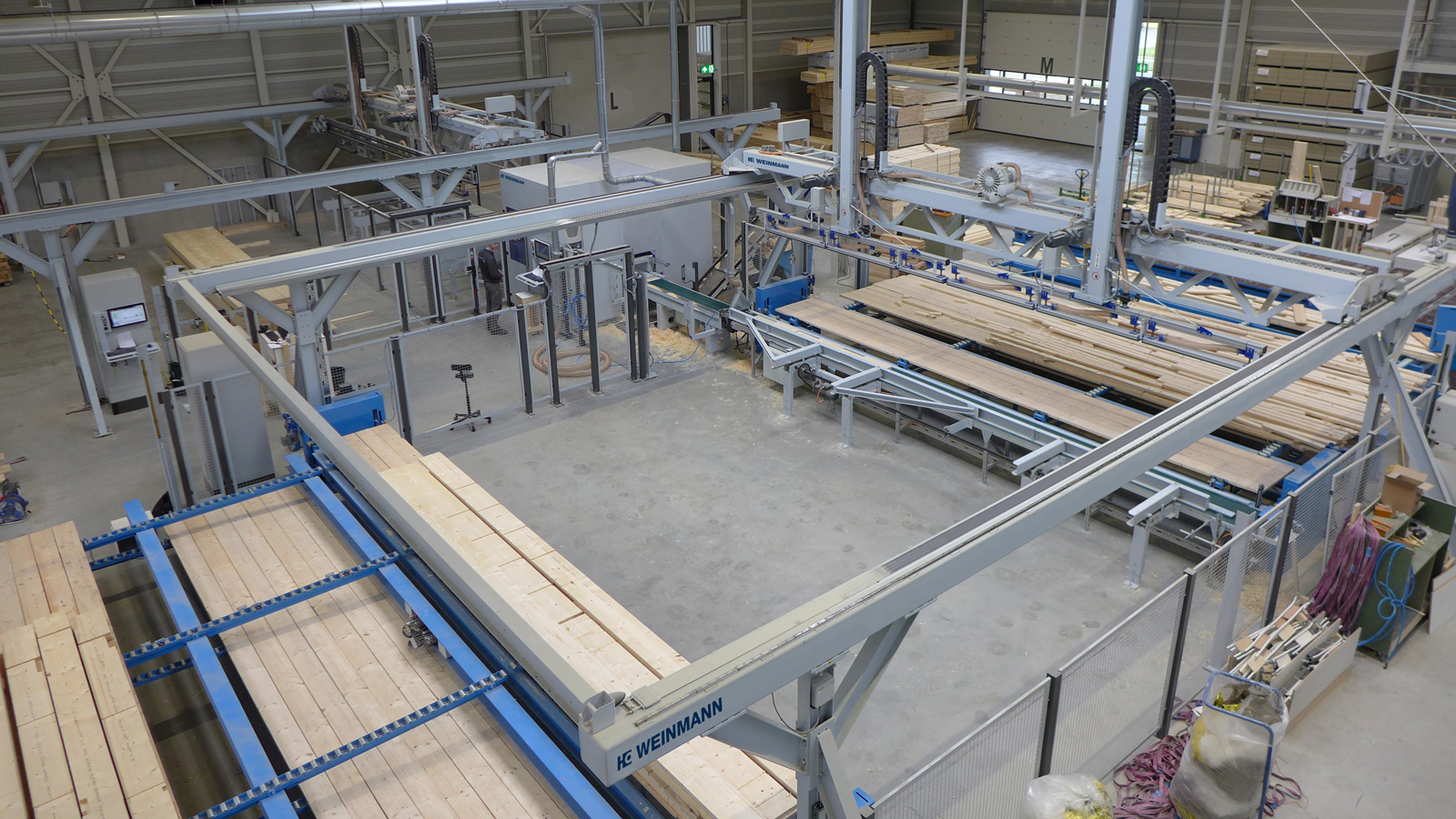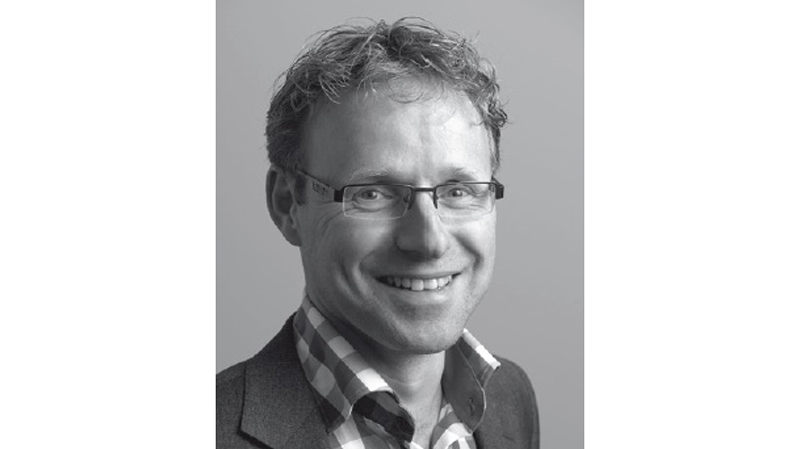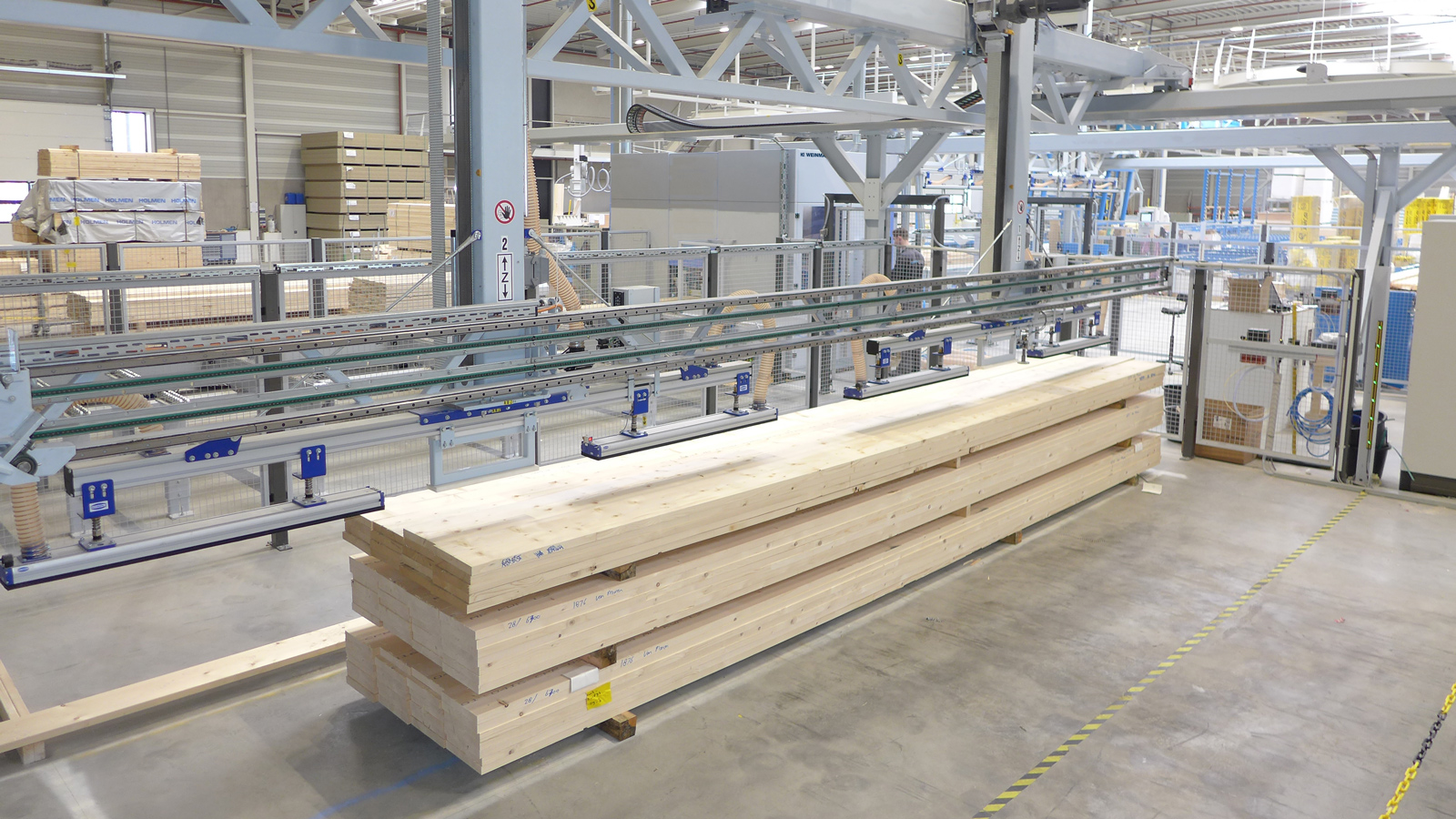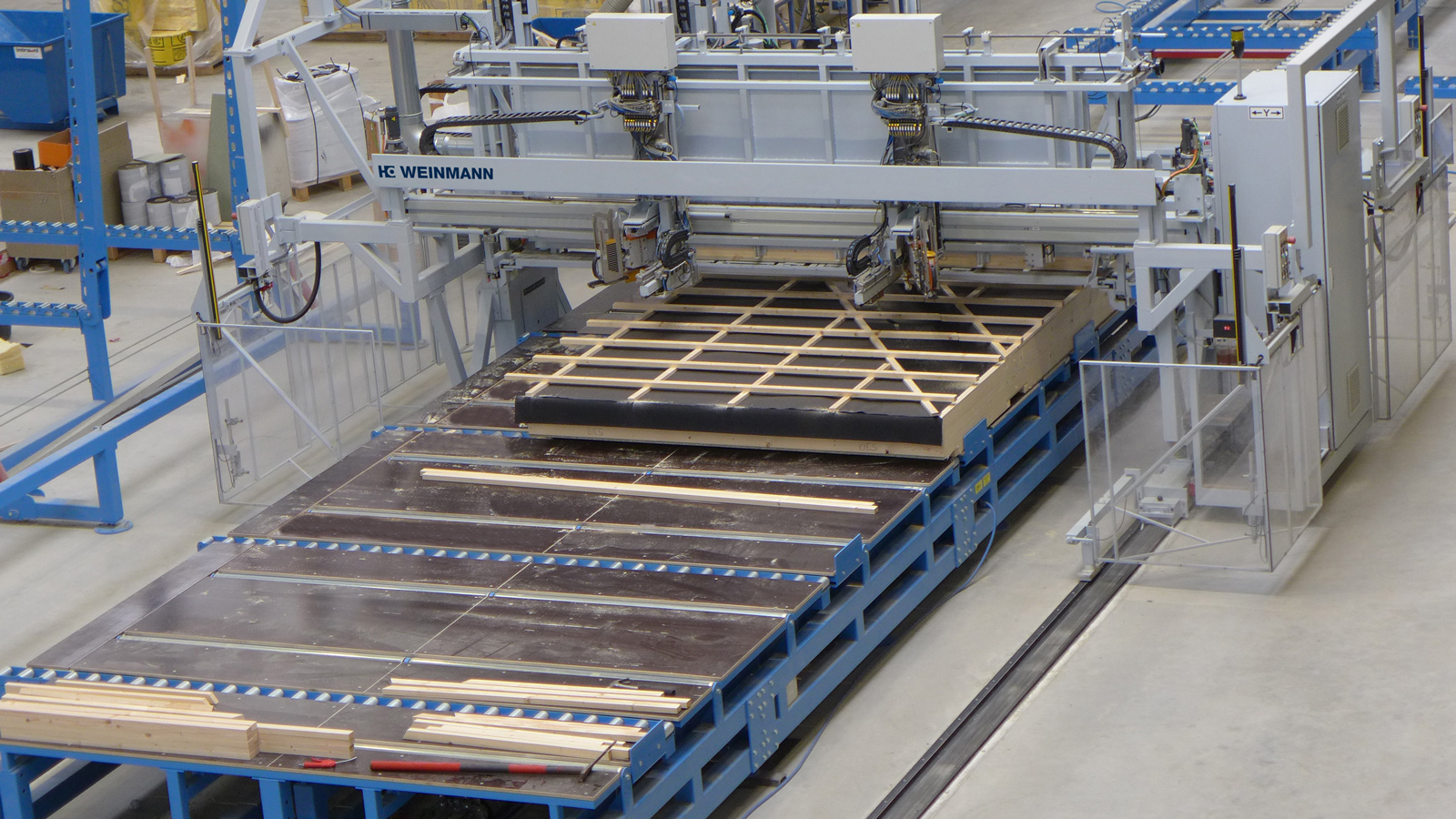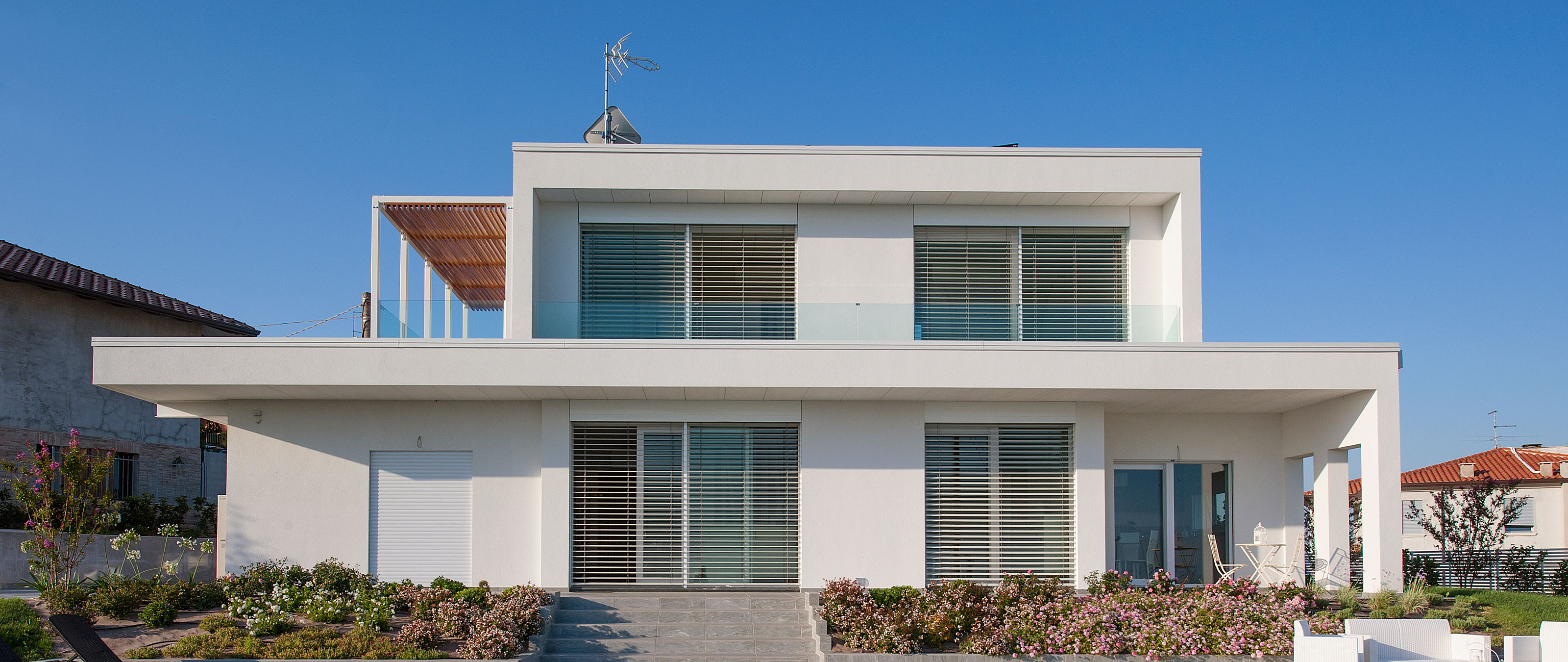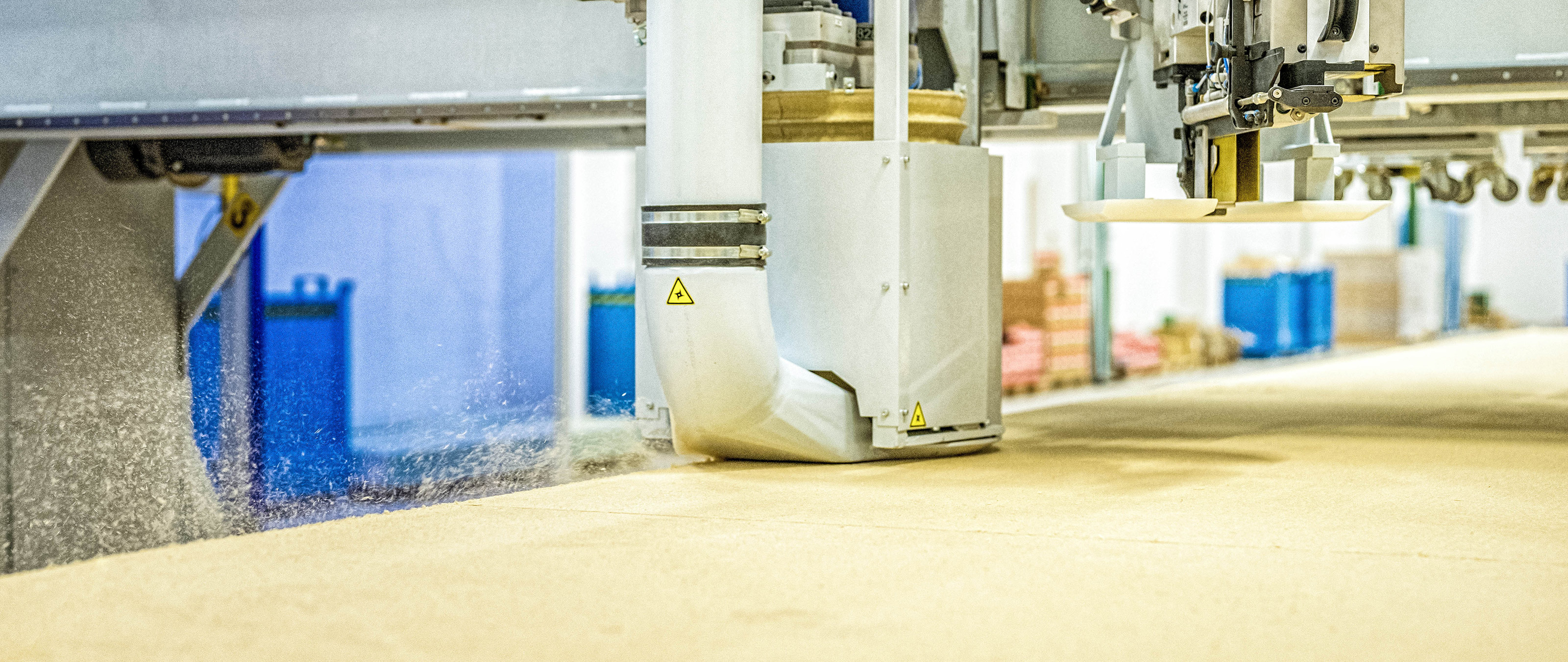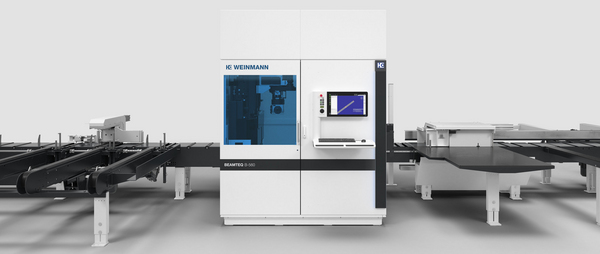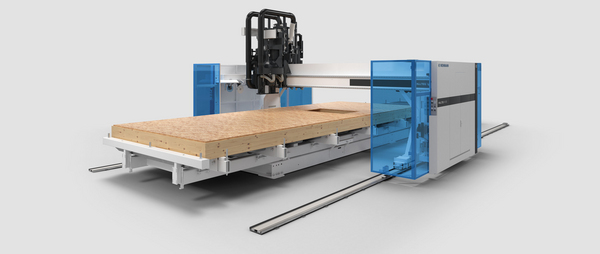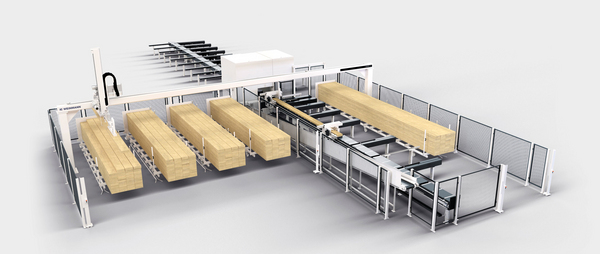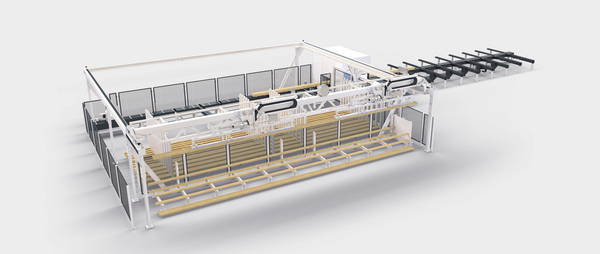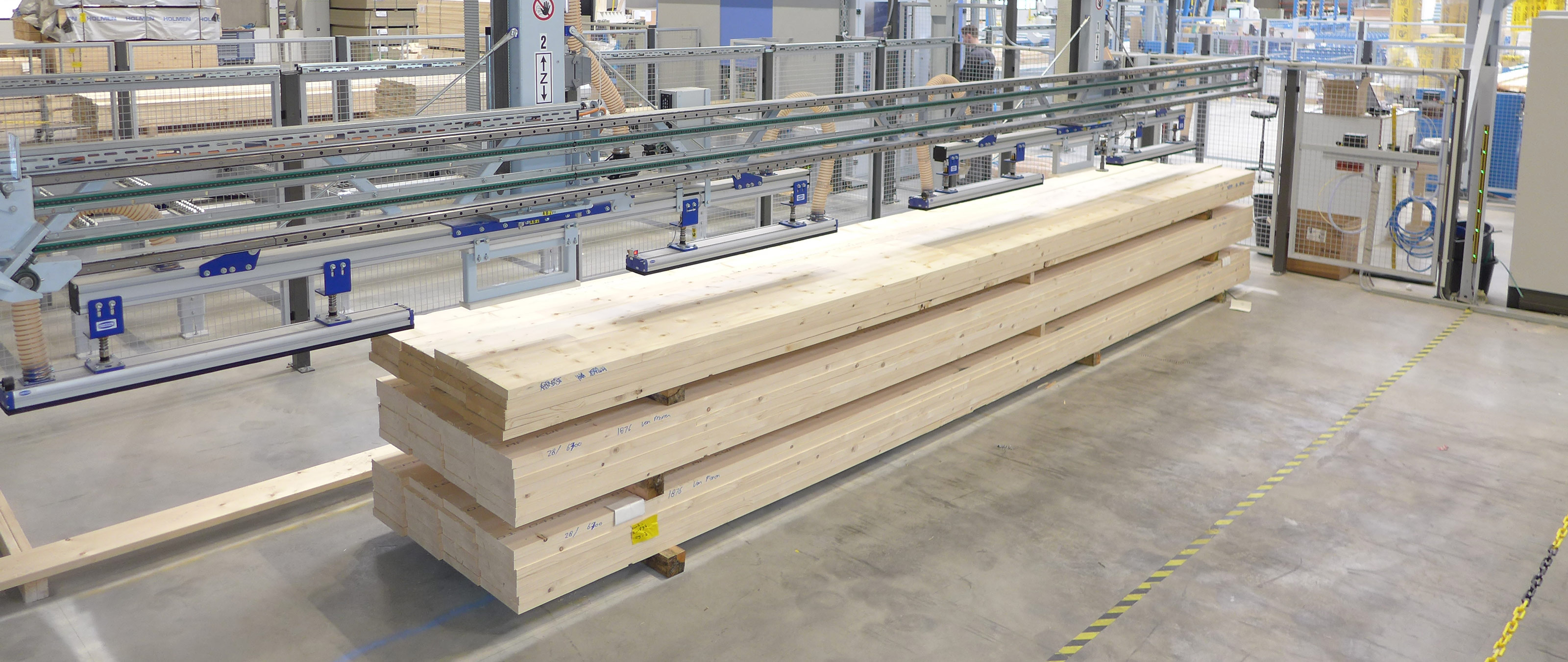
Groothuisbouw is a construction company that builds luxurious family homes for private customers in the Netherlands. The aim is to supply tailor-made solutions within a standardized construction process. To achieve this, the company places a strong focus on following models from the automotive industry, thus learning to develop their products in a process-oriented manner. We spoke to Managing Director Willem Flier.
About a year ago you invested in a WEINMANN production plant. Why did you make this decision?
Flier: There were several reasons for investing in a completely new production line. One of them was that we wanted to increase our capacity in order to meet the boom in the housing market. Another was that the modern technology in the new production plant will improve efficiency. From the very first discussion, WEINMANN understood the issues that we wanted to solve and analyzed the entire process. It was important for us to have a partner who could offer a complete solution, rather than just partial solutions.
Have you divided production into a separate roof line and wall line, or do you produce all element types on both lines?
Flier: We have two production lines with two integrated WALLTEQ M-380 multifunction bridges. With the BEAMTEQ B-560 carpentry machine with fully automatic feeding and destacking the beam processing for both production lines is done. Since we have a just-in-time production system, both multifunction bridges are almost identical. What we produce today is at the construction site tomorrow. We cannot afford any downtime. It is therefore possible to manufacture all elements on both production lines. We do indeed have a roof line and a wall line, but in the event of a bottleneck we are able to modify this configuration. We therefore have not only two multifunction bridges, but also two multifunction lines.
A highlight of the production line is the carpentry machine with fully automatic feeding and destacking. What effect does automated material handling have on production flow?
Flier: The beams to be processed are automatically taken from the stack of raw material by the feeding portal and then fed to the carpentry machine. After cutting and beam processing, the processed timbers are discharged fully automatically, collected and destacked according to element type. From there, the timbers are transported via a buffer line directly to the two production lines. To ensure that the lines are supplied with the appropriate components in the correct order, the production control system for the carpentry machine generates two job lists with the data records for each line. The buffer function is independently monitored and regulated by the BEAMTEQ B-560. The destacking portal, which operates the buffer, is fitted with a vacuum suction system that can pick up small parts even down to 300 mm in size. We worked with WEINMANN to develop this stacking technology - the first of its kind in the industry. This was a decisive purchasing criterion for us.
The integrated handling and storage systems have greatly improved the ergonomics of the work process. Has this been noticeable to your employees?
Flier: The excellent ergonomics of our machines have made work much easier for our employees; the physical strain has been significantly reduced. In the words of one employee: "Although my work is less tiring, it is more productive." We have also found that it is easier to recruit new staff, thanks to the modern work stations. I think the machine operators are proud to be able to work in such a modern factory.
Now that you have been using the production facilities for a year, how do you see the production line and also the cooperative work during the project planning?
Flier: Just two weeks after completion of the first line, it was clear that the line increases our efficiency obviously. Finally, I would like to emphasize that our cooperation with WEINMANN and the Dutch sales partner Klingelnberg-Klauss has been a lot of fun. The good relations, patient listening and above all the way in which very demanding challenges were resolved throughout the entire process were just fantastic! I would therefore like to take this opportunity to also thank the employees of Klingelnberg-Klauss.
Thank you for taking the time to speak to us, Mr. Flier.
Source Images: WEINMANN
An article from the WEINMANN customer magazine performance, Version 17/ 2018. Here you can read the customer magazine performance online.

